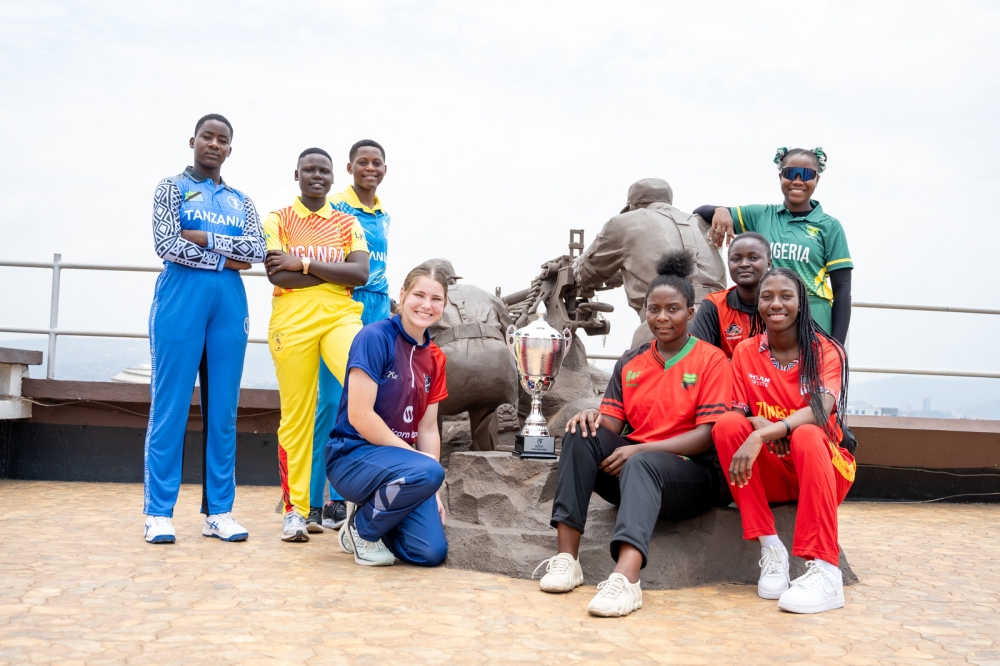They first met in 2012 at a movie-making contest organised by indie film channel Humara Movie, where Asmit Pathare’s entry Jai Janardhan won. Shorts like The Doubty Dhoble: You Not Drink (2012) — sparked by the hockey stick-wielding Bombay cop Vasant Dhoble’s moral policing of bars and public spaces — and Shankar aur Bhagwaan (2013) were followed by a period of immersion in theatre. Winning the META Best Light Design award for his work on Yuki Ellias’ The Elephant in the Room led to many such offers, until the pandemic struck.
On the other side of the lockdown, Pathare emerged with two feature film scripts, only to find no takers: the industry had shifted completely to web series. Meanwhile, when writer Annie Zaidi was ready with a 10-page script for Two-Way Street , Pathare was the director she wanted to entrust it to. It qualified for this year’s Academy Awards and opened the path to an anthology project, still in the making.

Zaidi, herself an award-winning writer across genres and mediums, engages with Pathare on what makes him persist in following the compulsions of heart and mind over market. Did you always want to make films? I am a product of that generation when the software sector was booming. ‘India Shining’ was happening.
I worked in software engineering, but I was trying to find a way out. I joined a theatre group. It was a way to empty yourself, you worked all day, and at night, jo bhi bhadas nikalni thhi , you let it out.
Theatre became my first crutch, because it offered something real, something immediate, something close. Back home, I was doing Marathi theatre. Boxed theatre, where realism was key.
I was lucky because I happened to start my theatre journey in Bombay (2006–08) with Atul Kumar — his vision really opened me up to the possibilities of image, different ways of storytelling. Saurabh Varma Also Read: Rukhabai’s wedding sari Atul had started working with Rajat Kapoor on Hamlet: The Clown Prince and I got pulled in, starting with chhotu-chhotu jobs. People said, “ Iske paas laptop hai, isko kaam de dete hain ”! I had a laptop, I had a sense of timing, and that’s how I started.
But ever since TCS, film was on my mind. I got introduced to world cinema at FTII. I acted in a couple of diploma short films.
I hadn’t imagined I would make films, though. I come from a small town (Miraj, in Sangli district, western Maharashtra), and the thinking was: “ Agar film karenge, toh actor banenge ”. But when I started auditioning, I realised acting is dependent on a LOT of things.
I didn’t have a support system (family, finance). So, I thought, phir main likhta hoon . I had just quit TCS, and I was scripting children’s short films for a company, when I made my own first short film.
The second one, Bombay Joker (about a clown whose dreams of fame are shattered in a city reeling from a terror attack) was shown at the MAMI film festival. I started gaining confidence. Filmmaking was giving me joy.
Creating something that originated from your own mind and heart was a greater joy than just performing. The Bose Legacy brought together all your strengths. It started off as a reading at The Shed , organised by Nikhil Katara, a monthly event where we rehearse towards performative readings.
Nikhil and Himali Kothari edited portions of the book written by Subhas Chandra Bose’s grand-niece, Madhuri Bose, The Bose Brothers and Indian Independence . The letters exchanged between the brothers Subhas and Sarat Chandra were woven into a script which we performed at the NCPA in October 2022. Joy Sengupta played Sarat Chandra.
I played Subhas. The response was incredible. Mahesh Dattani got interested and it became a full-fledged flick.
The relevance of those letters written in the 1920s is uncanny. Be it about secularism, or what the British were doing then, which is so similar to what today’s government is doing. By reiterating those ideas in these times, we attempted to reach audiences emotionally and intellectually.
Saurabh Varma Also Read: Maharaj: Will boycotting Netflix erase history's trail? A reclamation of history. A reminder of who we were. You like to work with unusual formats and outcomes.
Tell us about your anthology project. How did it begin? It all started with you, Annie! You gave me Two-Way Street . On Netflix then, there was a host of anthologies, with big ticket directors.
We thought, if anthologies are the thing, let’s try that format. Your story handled religious discrimination very sensitively. Religious discrimination has become the main form of discrimination in our country.
Other forms that I was waking up to were caste and gender. And one went all the way back. From my childhood, I was acutely aware of how differently abled people are perceived and how their stories have been told.
My father is blind. I was troubled by questions in school. Why me? Why us? I realised these questions arose because of the way others looked at us; at my mother who had consciously married a blind man.
Everyone said, “ Yeh log alag hain ”. And that discriminatory gaze of society made me want to belong. I so wanted not to be different.
That’s when it dawned on me that the common thread in a highly divided society like ours was prejudice. We are extremely prejudiced and that stems from the multiple layers to our identity. Constitutionally, the idea of India that we started out with is ‘ hum sab alag hain, par hum sab ek hain ’.
We are supposed to be one, but prejudice breaks that. I wanted to understand why, as a society, we are self-sabotaging. We are fracturing our own selves, we are hellbent on breaking the most beautiful thing about us, which is our diversity.
Even if I couldn’t trace the causes, I wanted to see how it affects us emotionally, mentally. Not by slotting people into frames. But by asking: “ Yeh aisa kyun hain ?” So that’s the story behind Escort , which features Danish Husain playing the blind boss.
The third, Park , is on gender and is scripted. The fourth, Andhere Mein can’t [really] be scripted. I’m excited to follow an entirely theatrical process, the way we do device theatre.
.. and I want to work with activists, not actors.
Andhere Mein deals with the world of student activists in India (Kanhaiya Kumar, Umar Khalid etc.) and comes from how I was affected by the kaand at JNU in February 2016; the movement that started with Rohith Vemula’s passing. I have the storyline, which also weaves in an incident that happened to me.
I was in a salon getting a shave when some right-wing people barged in asking for money. I stood between them trying to protect this particular worker jo meri darhi banane wala thha . These MNS goons were Marathi-speakers like me, so I started speaking in Marathi hoping that would lead to truce but instead they beat me up as well.
I’m trying to understand this violence, this rage that is seething within us. So much divisiveness and discrimination that stems from identity, because, you see, the people working in that salon were not Marathi people. Are anthologies still a trend? No one is interested in anthologies anymore.
In fact, no one wants films. Netflix and Amazon only want big stars. Theatres want big-scale films.
The space for independent film is really shrinking. OTT will show only those films that have had theatre releases. Because the theatrical releases are censored.
With all the talk of digital democratisation, we’re back where we were 20 years ago. The market has become cautious and narrow minded. Nothing but superheroes and propaganda.
But the artist’s job is to swim against the tide. Yes, which is why I’m thinking of crowdfunding the remaining two films. Good idea.
Films that matter to people perhaps need to be people-funded. I’m so glad you’re still committed to them. I’m sure what you do will be valuable, with their values in the right place.
It’s a big dark world. Imagination gets hampered. I have seen friends surrendering to the system.
Succumbing. Compromise is rewarded. Three-four years down the line their politics has changed.
That hurts. Now I just want to get the stories out. That’s becoming more important than how does it look, is it perfectly shot, with sync-sound etc.
Let it be. Kahani batao . Follow us on: Facebook , Twitter , Google News , Instagram Join our official telegram channel ( @nationalherald ) and stay updated with the latest headlines.



















